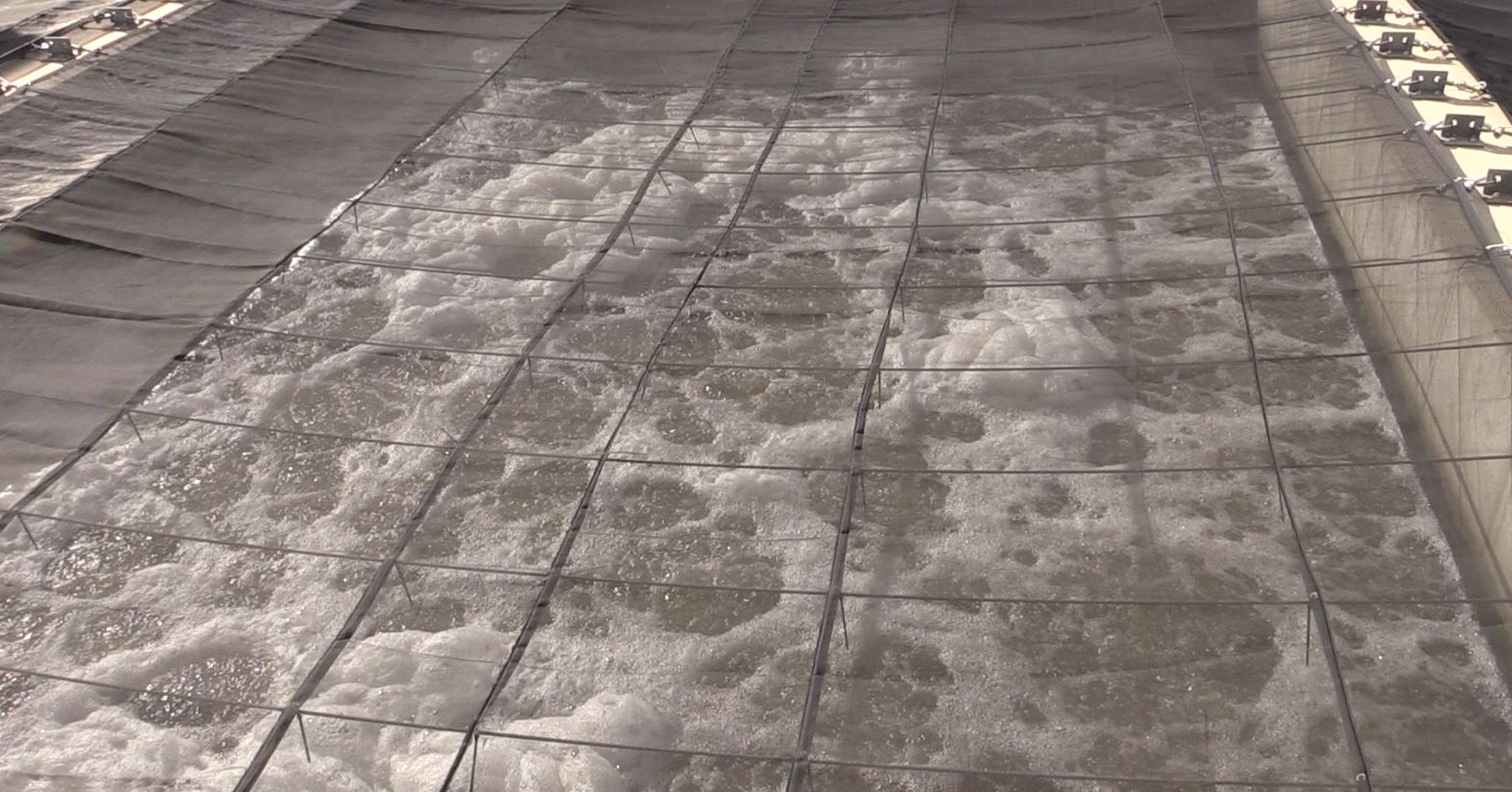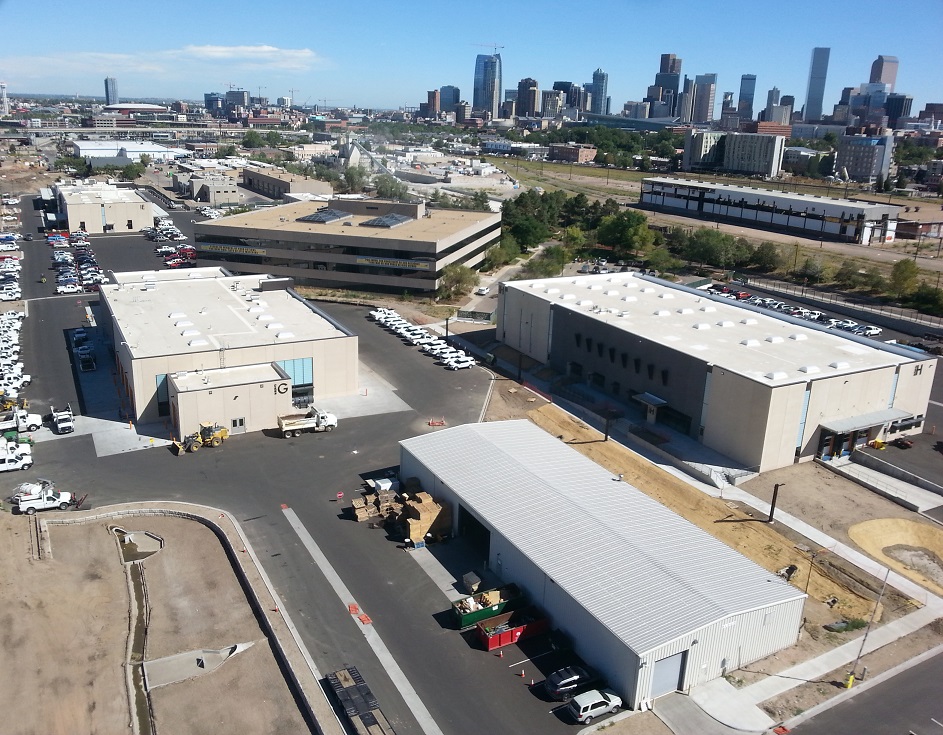
What do flushing toilets and marijuana have in common?
More than two years ago, Gov. Hickenlooper unveiled Colorado’s Water Plan, challenging water managers, state officials and all Coloradans to work together to close the projected water supply and demand gap by 2030.
A seemingly daunting task, but the solutions don’t have to be out of this world; they may actually be close to home — within the water we’re already using, or should we say, reusing.
In 2015, for example, the state adopted a new regulation that allowed “graywater” — water discharged from showers, clothes washers and sinks — to be used again for landscape irrigation and toilet flushing.
And now, there are efforts to look at the regulations that govern recycled water, which is the water that goes down the drain from faucets, showers and toilets, and is then treated for approved uses, like landscape irrigation.
“Recycled water is a big part of Colorado’s strategy to meet future water needs of the Denver metro area and beyond,” said Denver Water CEO/Manager Jim Lochhead. “It was identified as a supply strategy in the state water plan, and as part of that effort, Denver Water is pursuing expanded uses of recycled water.”
Denver Water’s Recycling Plant opened in 2004. It takes water that has been cleaned and given a second life at Metro Wastewater’s treatment facility, and cleans it further to the standards set by the Colorado Department of Public Health and Environment’s Regulation 84. While it’s not treated to drinking water standards, Denver Water produces the highest quality recycled water under this regulation (called “Category 3” water).
Each year, Denver Water delivers more than 6,000 acre-feet of this reused supply to customers for irrigation, commercial and industrial uses throughout Denver — freeing up billions of gallons of water for drinking.
According to Abbey Antolovich, Denver Water planning manager, new advancements in technology and customer types, may mean more opportunities to expand the impact of this supply.
This is nothing new for CDPHE, which has amended Regulation 84 four times to add new uses since it was established in 2000. There are currently more than a dozen approved uses, and Denver Water sees the possibility for more.
In fall 2017, Denver Water launched a stakeholder process through CDPHE to add indoor toilet flushing and commercial marijuana irrigation to the approved uses list.
Denver Water’s desire to investigate these two new uses are based on opportunity, according to Lochhead.
First, there’s the development of Denver Water’s 34.6-acre Operations Complex site, which is envisioned to be the most sustainable large complex ever built in Colorado.
One of the many efficient features in the complex’s design is to use the building’s wastewater recycling system to purify wastewater within the building for irrigation — which is already allowed under the regulation — and toilet flushing.
“Denver Water is committed to designing its new Operations Complex in an innovative manner, employing new, sustainable practices to help the environment and lead the way in water sustainability,” said Lochhead.
But, what about commercial marijuana facilities?
Between medical and recreational marijuana, there are more than 300 grow houses throughout the Mile High City, which has created an opportunity for Denver Water to provide this budding industry with an alternate supply.
Damian Higham, Denver Water senior planner, estimates that 350-400 acre-feet of water per year is used at marijuana cultivation facilities throughout Denver, enough to fill nearly 200 Olympic-sized pools
“Many of these facilities are in locations that could easily be converted over to our existing recycled water system,” said Higham. “While this may not seem like a large amount of water, we believe every drop counts in helping us meet our future needs.”
The stakeholder process is about bringing the right people together, according to Antolovich.
“When exploring a regulation change, it’s imperative that all experts and stakeholders are at the table and the proposal goes through a comprehensive process,” said Antolovich. “This effort helps ensure the health and safety of the public and the environment.”
This process will inform a formal proposal that will be sent to CDPHE in summer 2018 for a final decision.
Simultaneously, the Colorado Legislature is also looking into new uses for recycled water this session, including irrigation of industrial hemp, marijuana cultivation, irrigation of food crops and toilet flushing.
“It’s exciting to see many stakeholders at various levels investigating the right water for the right use,” said Lochhead. “Denver Water is committed to ensuring our customers have an adequate water supply for the future and supporting the state’s efforts through water efficiency efforts, reusing existing supplies as well as exploring new supply options.”




